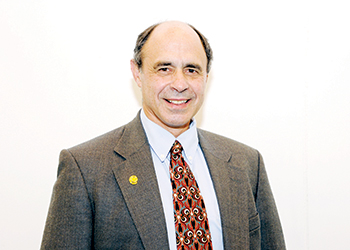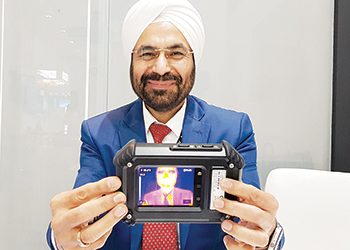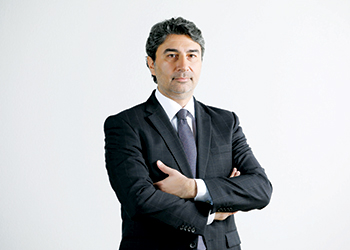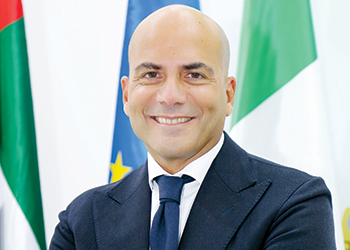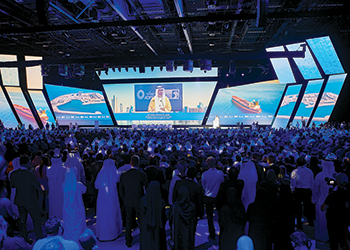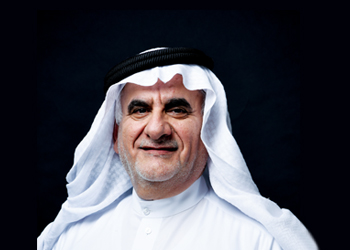
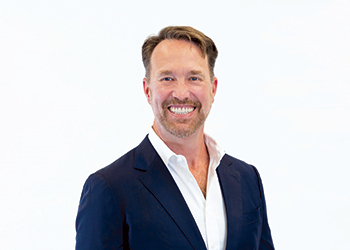 Harding ... focus on data
Harding ... focus on data
Kelvin, a leading collaborative control software company, says it can help operators predict issues in their systems that might lead to failure and leaks by working with their existing operating technology infrastructure.
The company’s customised solutions are focused around engineers to provide them with critical insights to act upon.
Speaking to Abdulaziz Khattak of OGN energy magazine, Peter Harding, Founder and CEO of Kelvin, says: “There's absolutely a partnership where we actually empower existing engineering and operating teams within these organisations. The idea is to make the software easy enough for engineers to use.”
Rather than replacing the existing infrastructure, Kelvin simply creates a new layer to enable organisations better use what they al-ready have.
Needless to say data is crucial here. Kelvin’s solutions integrate with existing sensors and other data sources, and unify them to understand the underlying issues behind a failure.
“It's actually quite interesting to see how much you can understand about a system once you've actually gathered the data together correctly,” says Harding.
Using component failure histories and blending traditional asset maintenance with predictive capabilities (ML and AI), a map is created to visualise what's really going on.
Co-pilots are then created using pattern recognition to automate workflows. These take on the manual tasks of engineers, who can instead focus on other challenges than get bogged by routine jobs.
The resulting outcome could be a closed loop, when enough confidence is developed in the software so that it automatically regu-lates a system to maintain a desired state without human interaction
Kelvin also connects its systems to carbon scoring, which gives operators a clear understanding of how energy efficient they can be.
This is also Kelvin’s overarching purpose, which is to resolve issues that drive methane and other GHG emissions.
Kelvin is a portfolio company of the Oil and Gas Climate Initiative (OCGI) Climate Investments, an organisation that invests in busi-nesses that decarbonise GHG intensive sectors.
Additionally, the company last month launched Carbon Maps, a system that seems cut out for this region, with ambitious emissions reduction and net-zero goals.
The system focuses on the overall performance of all assets, and highlights the inefficient ones and presents calculations on lost cost and additional carbon emissions due to inefficiencies.
Kelvin has had major successes with customers to reduce their methane emissions. For example, it was able to reduce methane emissions by 74 per cent in one of BP’s fields in the US. Another significant operator in Australasia was able to cut down its emis-sions by 52 per cent.
Harding says their technology is applicable across multiple areas in the energy space.
He adds: “We're now in a position where we're looking to working in areas outside traditional oil and gas, such as chemicals and petrochemicals, and even food and beverage.”
Commenting on the region’s decarbonisation efforts, Harding believes change has accelerated in the last couple of years, adding that he is seeing heavy investment in the sector. “And for me that's where you start to go from lip service to action.”











































































